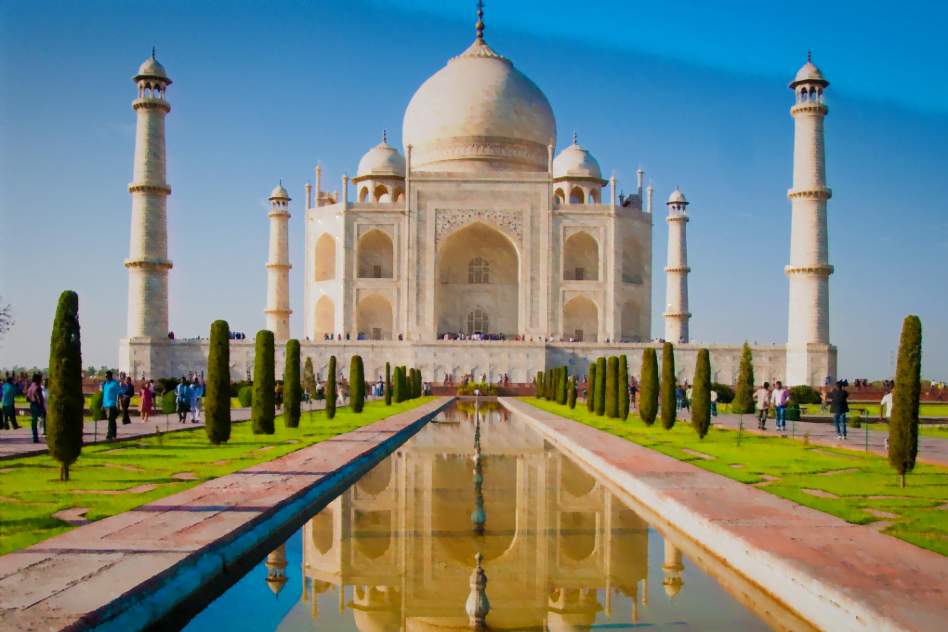Linguistic diversity is a defining feature of the nation that’s poised to edge out the US as the second largest economy in the world: India. One of the most long-lasting investments you can make for your business in this thriving market is product localization for some of those languages. However, it must be well-informed and strategic. Products that can be made personal for Indian consumers are likely to become profitable, but there is a lot of competition for those consumers’ attention.
1. Linguistic Diversity
The statistics are compelling. About 80% of Indian citizens are not English-literate, so you want to reach beyond that 20% that are comfortable with English. The five most widely spoken Indian languages are:
- Hindi (366 million speakers)
- Bengali (83 million speakers)
- Telugu (74 million speakers)
- Marathi (72 million speakers)
- Tamil (61 million speakers)
Hindi may be the most common, and the one that outsiders most often associate with India in a generalized way. But it is only one piece of the language story in this vast country. Speakers of the other 17 official Indian languages (and hundreds more) migrate for opportunity and take their languages with them. Boundaries of language locations are fluid, and every one of these people would prefer to shop and receive customer support in their own language. In fact, as their presence in the world market has become so influential, Indian consumers expect localization.
2. The Politics of Language
Individual Indian citizens’ passion for their specific mother tongues can reach a level of language chauvinism. Socio-political movements and even violence have been the result at times. When Hindi is imposed on a group in Karnataka who speak Kannada, for instance, the speakers of this Dravidian language will not see this as a means of streamlining communication, but rather as an attempt to control them and diminish the strength of their values and their history. A choice not to localize for a certain population’s language can invite their resistance to all of your efforts in other languages. Clearly this is a tangled, ancient emotional landscape that you’ll want to navigate with savvy and respect.
3. Cultural Differences
Are you familiar with the history, religions, and lifestyles of the people in India that you are trying to connect with? They are likely farther from your own than the cultures of many other countries. Choosing fonts, layout, colors, music, and texts to give Indian customers an exciting product experience is best handled with the assistance of native speakers and localization experts. Your vision may not click with people whose landscape, climate, art and music, architecture, and so many other elements are wildly different from the culture for which your original messaging was designed. Maybe that original messaging needs fairly minor adjustments to bring the flourish that will enchant your new customers in India. Or perhaps it needs to be re-imagined from its foundation up. Localization experts will be able to help you learn and decide.
4. Societal Changes
India is a country in transition toward a higher standard of living, with more modern communities than even just twenty years ago, and all kind of changes are happening because of that. Here are three examples:
- As the Indian government ramps up infrastructure investment, foreign investment has also increased to over 5% of India’s GDP. The society’s business-related systems basically work better, offering more potential partners and support for foreign business endeavors.
- With close to 20% of the world’s population, and a steady shift toward urbanization (about 15% of Indians work in urban areas), exposure to global brands, modern technology, and better jobs are increasing consumer purchasing power.
- About 65% of the Indian population is under 35, and education is so highly valued by the country’s cultures, that the world-class universities there are graduating millions of students annually.
5. India’s Tech Scene
With over 300 million people able to use the Internet in India, it’s the second most connected nation in the world, after China. Cheap cell phones are in the hands of millions as well. And perhaps even more importantly for companies interested in localizing in India, the country has become a fertile ecosystem for tech startups. Finding the employees and other developed technical support you’ll need to make your company’s expansion into India a success becomes easier every year. Localization is most effective long-term with smart, ambitious, tech-savvy native input. Twenty-first century India has become the kind of place where you can assemble that kind of team.
J. V. McShulskis
